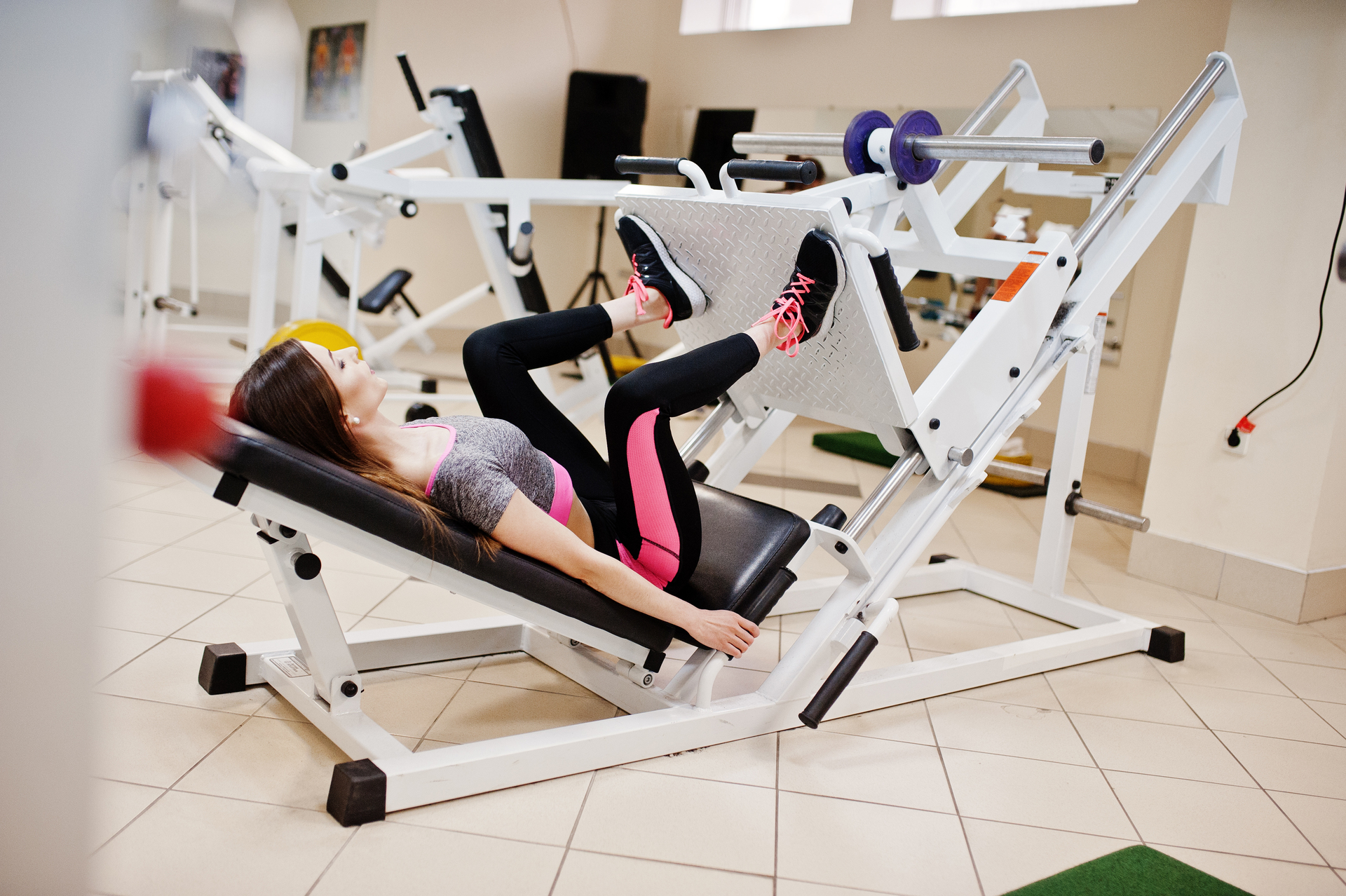
Hint: If you’re only doing cardio, you’re leaving results on the table.
When it comes to weight loss, most people think of cardio first—jogging, cycling, elliptical machines, group classes that leave you drenched. And while cardio definitely burns calories during the workout, it’s only half the equation.
If you want to boost your fat loss, tone your body, and burn more calories even while sitting on the couch, building lean muscle mass through resistance training is a game-changer.
Let’s break down the differences between cardio and strength training, how they impact weight loss, and why muscle is your metabolism’s best friend.
| Feature | Cardio (Aerobic Exercise) | Strength Training (Resistance/Weight Training) |
|---|---|---|
| Primary Goal | Improves heart and lung endurance | Builds muscle and strength |
| Calories Burned During Exercise | High (especially in steady-state or HIIT) | Moderate |
| Calories Burned After Exercise | Low to moderate | High (due to EPOC: excess post-exercise oxygen consumption) |
| Body Composition Changes | May reduce fat and muscle | Reduces fat, preserves/builds muscle |
| Impact on Metabolism | Short-term increase | Long-term boost via more lean mass |
While cardio is great for cardiovascular health and can help you burn calories in the moment, relying solely on it for fat loss often leads to:
Muscle loss, especially with aggressive calorie restriction
Slowed metabolism over time
“Skinny fat” appearance (weight loss without tone or definition)
Increased hunger and fatigue, which can lead to overeating later
You might lose weight—but not necessarily in the way that reshapes or strengthens your body.
Muscle is metabolically active tissue—meaning it burns calories around the clock, even when you’re resting. The more lean muscle you have, the higher your resting metabolic rate (RMR).
💪 Here’s what happens when you build muscle:
You burn more calories at rest
You increase insulin sensitivity and blood sugar control
Your body becomes more efficient at using fat for fuel
Your physique becomes more toned and sculpted, not just smaller
📊 Fun Fact:
Each pound of muscle burns an extra 6–10 calories per day at rest. That may sound small—but multiply that by 5–10 lbs of muscle gain and it adds up to hundreds of extra calories burned each week without doing anything extra.
Cardio still has powerful benefits:
Improves heart and lung health
Enhances mood and stress reduction
Increases endurance and stamina
Supports recovery and circulation
But it works best when paired with resistance training, especially for weight loss and body composition changes.
| Goal | Weekly Recommendation |
|---|---|
| Weight loss | 2–3 days strength training + 2–3 days moderate-intensity cardio (e.g. walking, cycling) |
| Muscle building | 3–4 days of progressive overload strength training, light cardio for recovery |
| General health | 150 mins of moderate cardio + 2 full-body strength sessions |
💡 Pro tip: Strength training sessions don’t have to be long—30–45 minutes, 2–4x per week is enough to see real change.
| Day | Focus |
|---|
| Monday | Full-body strength + core |
| Tuesday | Cardio (brisk walk, cycling, dance class) |
| Wednesday | Upper body + light HIIT (optional) |
| Thursday | Rest or light mobility work |
| Friday | Lower body strength + glute activation |
| Saturday | Active recovery (hike, yoga, walk) |
| Sunday | Rest or restorative stretching |
Muscle needs fuel to grow—especially protein, calories, and recovery nutrients. Cutting calories too low or skipping protein will sabotage your results.
| Nutrient | Why It Matters | Where to Get It |
|---|---|---|
| Protein | Builds and repairs muscle | Chicken, tofu, eggs, Greek yogurt, lentils |
| Carbs | Fuels workouts and recovery | Quinoa, fruit, sweet potatoes, oats |
| Healthy Fats | Supports hormones | Avocado, olive oil, nuts, seeds |
| Electrolytes | Prevents cramps, supports hydration | Leafy greens, coconut water, bananas |
Losing weight isn’t the same as losing fat. And losing fat isn’t the same as getting healthy.
Building lean muscle helps you:
Burn more calories
Look tighter, stronger, and more defined
Maintain your results long-term
Feel empowered, not restricted
At Thrive Intensity, I help women find the perfect balance of cardio, strength training, and nutrition that fits their life, their body, and their goals—no extremes needed.
Let’s design your personalized fitness + nutrition strategy.
Click HERE to book your free consultation today.
